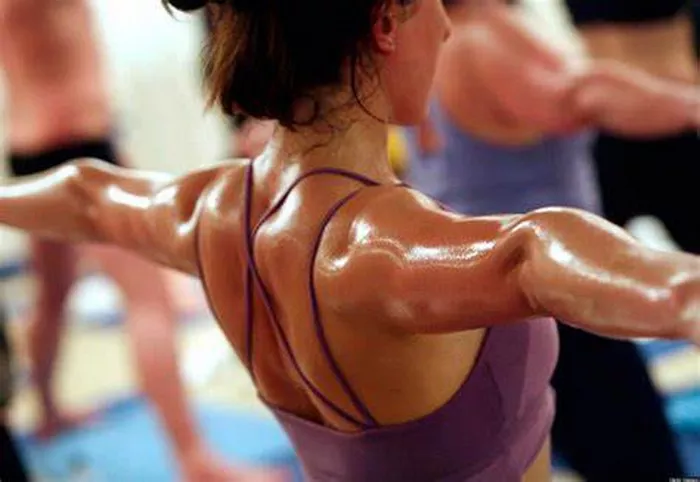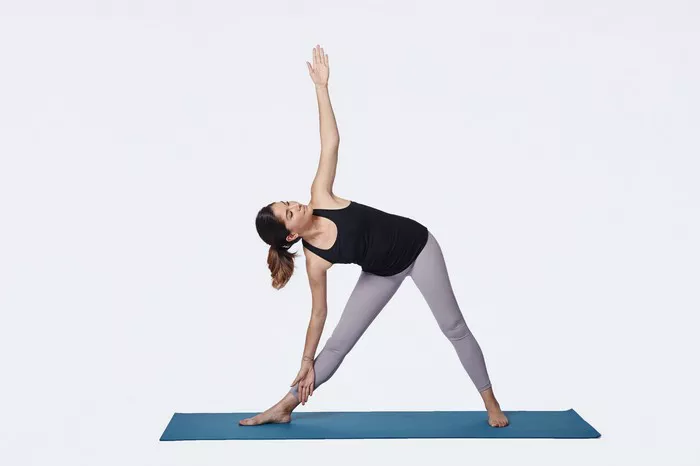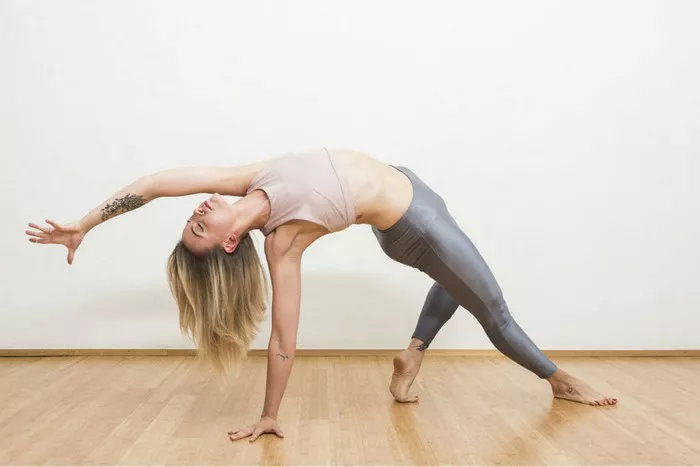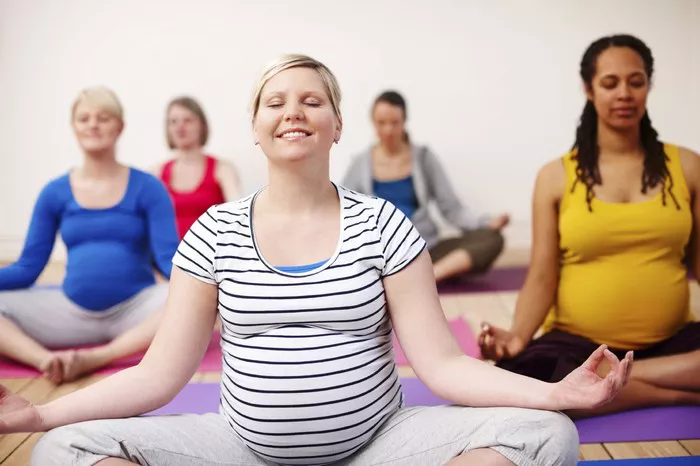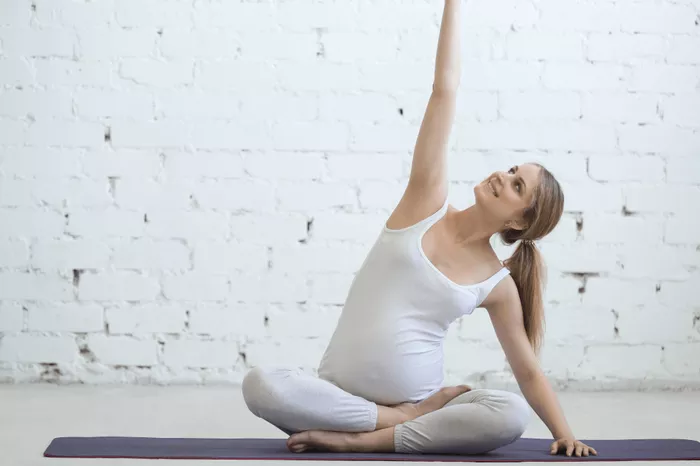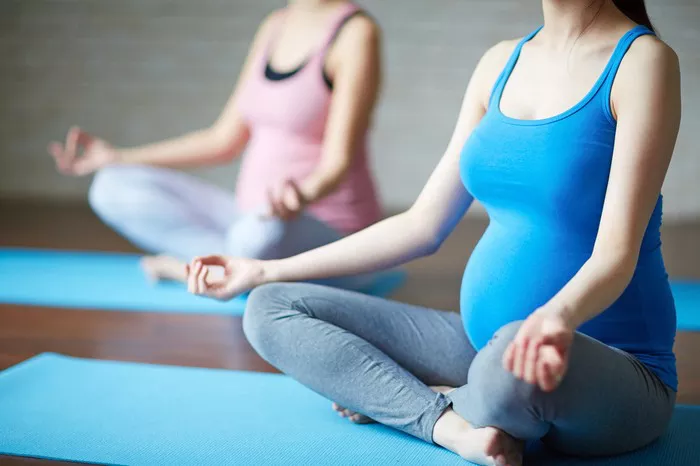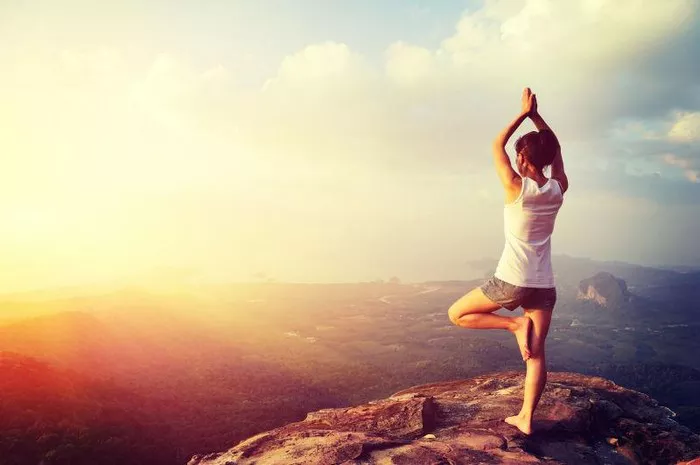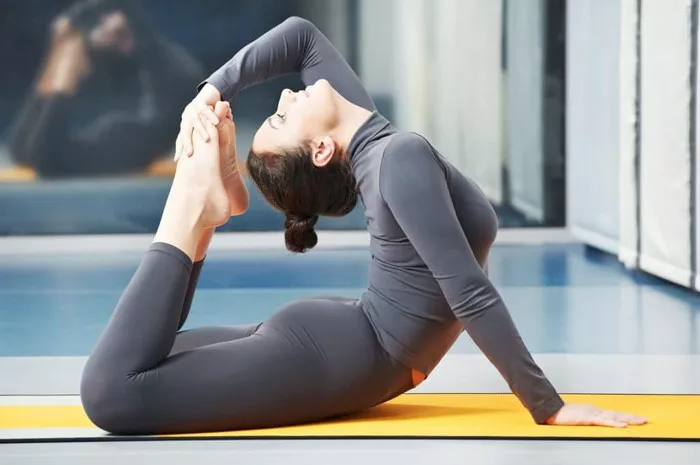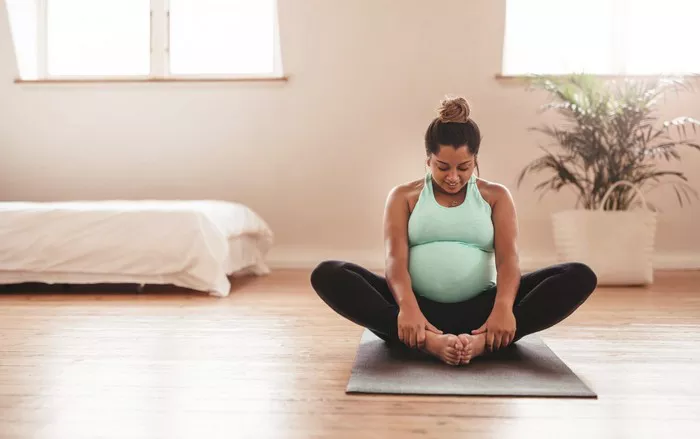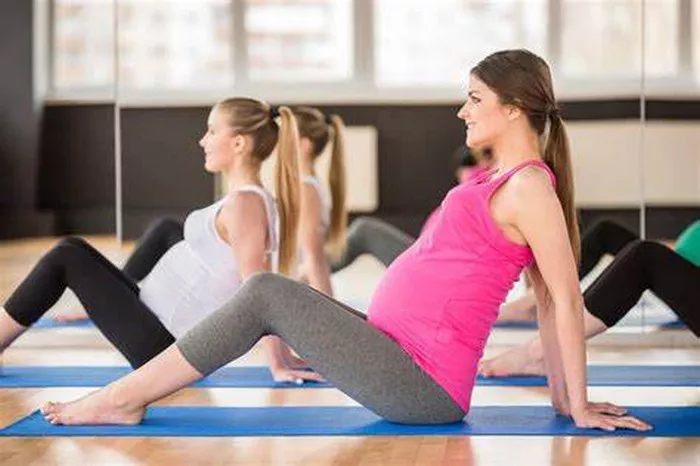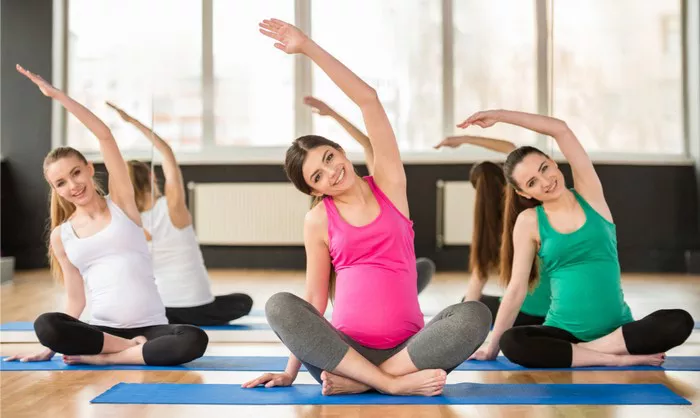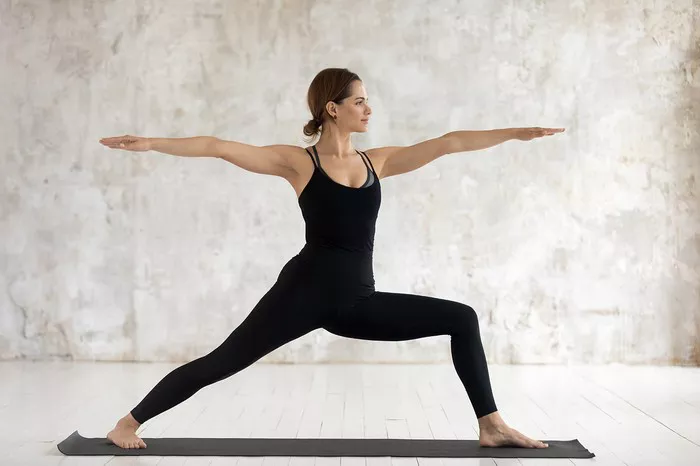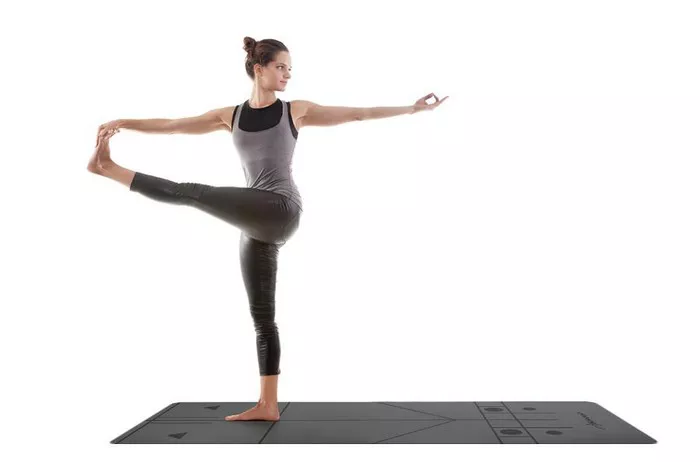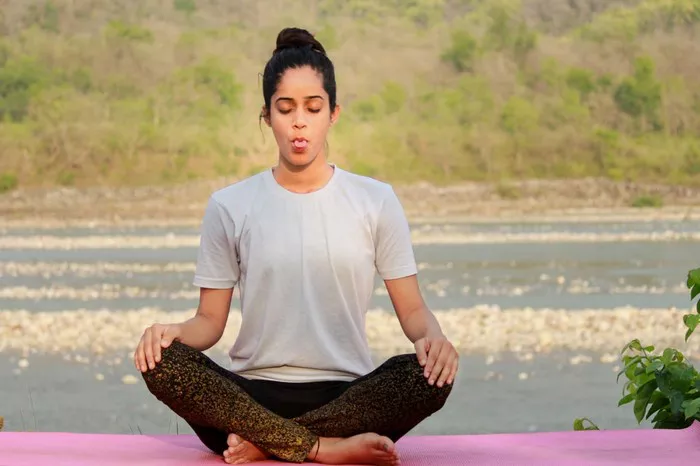Ashtanga Yoga, an ancient and esteemed practice, has captured the hearts and minds of fitness enthusiasts and spiritual seekers alike. With its structured sequence of poses, synchronized breathing, and focus on internal energy, it offers a holistic approach to physical and mental well – being. But a question that often arises is whether Ashtanga Yoga can be classified as resistance training. To answer this, we need to delve into the core elements of both practices.
What is Resistance Training?
Resistance training, at its essence, involves activities where muscles contract against an external resistance. This resistance can come in various forms, such as dumbbells, resistance bands, or bodyweight in exercises like push – ups and squats. The primary goals of resistance training are to increase muscle strength, build muscle mass, and enhance bone density. When muscles work against resistance, tiny micro – tears occur in the muscle fibers. During the recovery process, the body repairs these tears, making the muscles stronger and, over time, potentially larger.
The Structure of Ashtanga Yoga
The Eight – Limbed Path
Ashtanga Yoga is built upon an eight – limbed path. The first two limbs, Yama (ethical restraints) and Niyama (observances), focus on moral and ethical conduct. The third limb, Asana, is the physical postures that most people associate with yoga. These postures are performed in a specific, sequential order. The fourth limb, Pranayama, involves controlling the breath, which is a crucial aspect of Ashtanga Yoga as it helps to regulate the flow of energy in the body. The remaining limbs – Pratyahara (withdrawal of the senses), Dharana (concentration), Dhyana (meditation), and Samadhi (absorption) – are more focused on the mental and spiritual aspects of the practice.
The Asana Practice
In Ashtanga Yoga, the asana practice consists of six series, with each series having a set number of poses. The primary series, known as Yoga Chikitsa, is designed to remove toxins from the body and align the body. It begins with a set of sun salutations (Surya Namaskar) – both type A and type B, repeated several times. These sun salutations are dynamic movements that flow with the breath and engage multiple muscle groups. After the sun salutations, a series of standing poses, seated poses, forward bends, backbends, twists, and inversions are performed. The poses in each series build upon one another, gradually increasing in difficulty and complexity.
Analyzing Ashtanga Yoga from a Resistance – Training Perspective
Muscle Engagement in Ashtanga Poses
Standing Poses: Poses like Trikonasana (Triangle Pose) and Virabhadrasana II (Warrior II Pose) require significant muscle activation. In Trikonasana, the legs work to maintain stability, with the quadriceps, hamstrings, and glutes all engaged. The upper body muscles, including the shoulders, chest, and back, are also activated to hold the body in the extended position. The core muscles play a crucial role in keeping the body in alignment and balanced.
Seated Poses: In poses such as Ardha Padmasana (Half – Lotus Pose) or Baddha Konasana (Bound Angle Pose), the muscles of the hips, thighs, and lower back are engaged. These poses require strength to maintain the position, especially when holding them for an extended period. The core muscles also help to keep the spine upright and stable.
Backbends: Poses like Urdhva Dhanurasana (Wheel Pose) demand a great deal of strength from the entire posterior chain, including the hamstrings, glutes, and back muscles. The arms also need to support the body’s weight, engaging the triceps, shoulders, and chest muscles. The core muscles work to lift the body off the ground and maintain the arch.
Inversions: Inversions such as Sarvangasana (Shoulder Stand) and Adho Mukha Vrksasana (Handstand) are highly challenging and require substantial strength. In Sarvangasana, the shoulders, upper back, and neck muscles support the body’s weight, while the core and abdominal muscles are engaged to keep the legs and lower body in the correct position. In Adho Mukha Vrksasana, the arms, shoulders, and core muscles work together to hold the body upside down against the force of gravity.
The Role of Breath in Ashtanga Yoga as a Form of Resistance
In Ashtanga Yoga, the breath is not just a means of supplying oxygen to the body but also a form of internal resistance. The Ujjayi breath, a characteristic breathing technique in Ashtanga, involves a slightly constricted back of the throat, creating a gentle hissing sound. This type of breathing helps to slow down the breath and increases the resistance to the flow of air. As the practitioner inhales and exhales against this internal resistance, it can be compared to the way muscles work against external resistance in traditional resistance training. The synchronized movement of the body with the breath also adds an element of controlled effort, similar to the rhythm and control required in resistance exercises.
The Cardiovascular and Endurance Aspects of Ashtanga Yoga
Continuous Movement and Cardio – Respiratory Demands
Ashtanga Yoga is not a static practice. The flow from one pose to another, especially during the sun salutations and the transitions between poses in each series, creates a continuous movement pattern. This continuous movement elevates the heart rate and increases the demand for oxygen, making it a cardiovascular exercise. The practitioner needs to maintain a certain level of endurance to complete the entire sequence of poses without getting overly fatigued. This endurance aspect is similar to what is required in some forms of resistance training, such as circuit training, where multiple exercises are performed in a sequence with minimal rest in between.
The Impact on Metabolism
The physical exertion involved in Ashtanga Yoga, along with the increased heart rate, can also have a positive impact on metabolism. Just like in resistance training, the body burns calories during the practice. The combination of muscle engagement and increased cardiovascular activity can lead to an elevated metabolic rate, both during and after the yoga session. This can contribute to weight management and overall energy balance.
The Mental and Spiritual Components: A Unique Aspect of Ashtanga Yoga
Concentration and Mind – Body Connection
One of the distinct features of Ashtanga Yoga is its emphasis on concentration and the mind – body connection. While resistance training primarily focuses on the physical aspects of muscle strength and growth, Ashtanga Yoga integrates mental focus into the physical practice. During the asana practice, the practitioner is required to focus on the breath, the alignment of the body in each pose, and the internal sensations. This level of concentration helps to quiet the mind and develop a deeper awareness of the body. The ability to maintain this focus throughout the practice can be seen as a form of mental resistance, as the mind is trained to stay present and focused despite physical discomfort or distractions.
Spiritual Growth and Self – Discovery
Beyond the physical and mental benefits, Ashtanga Yoga also offers a path to spiritual growth and self – discovery. The practice of the eight – limbed path, including the ethical and moral aspects of Yama and Niyama, as well as the deeper states of meditation and absorption in the later limbs, allows the practitioner to explore their inner self. This spiritual dimension is not typically associated with resistance training, which is more centered around physical fitness goals.
Conclusion
In conclusion, Ashtanga Yoga shares some characteristics with resistance training. The muscle engagement in its poses, the internal resistance provided by the breath, and the endurance and metabolic aspects of the practice all show similarities to traditional resistance training. However, Ashtanga Yoga is much more than just a form of physical resistance exercise.Whether you are looking to build muscle strength, improve cardiovascular health, or embark on a journey of self – discovery, Ashtanga Yoga has something unique to offer.


